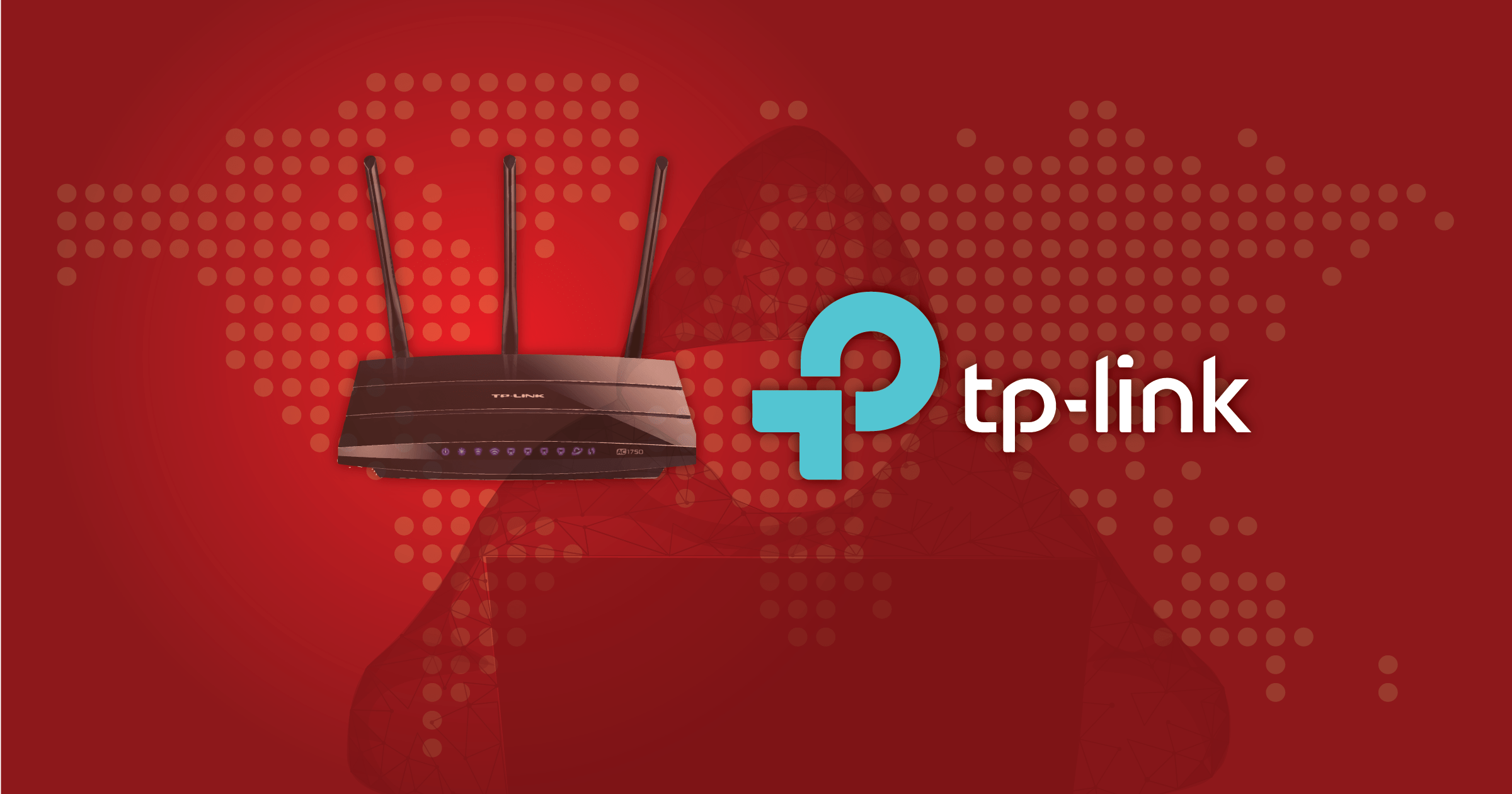Shadow IT poses significant risk to organizational security and operational efficiency. It occurs when information technology systems, devices, software, applications, or services are employed within an organization without explicit approval from the IT department or adherence to established IT policies. This phenomenon is generally seen when employees, departments, or business units are allowed to independently procure and utilize technology solutions without involving the IT department.
A recent illustration of the critical importance of curbing Shadow IT is the decision by Canada to ban WeChat and Kaspersky applications on government devices. This move underscores the growing recognition of the security threats associated with unapproved and unmanaged technology solutions. Shadow IT may be convenient for users, but it isn’t for IT — especially where security is concerned. Let’s enumerate several examples of how Shadow IT is often used, in order to raise awareness about the potential threats that can arise in these areas – and so network operators can take proactive action to strengthen their IT environment against such threats.
- Cloud Services: Employees may use cloud services such as Dropbox, Google Drive, or Amazon Web Services to store and share files without IT approval. These technologies may, by themselves, represent perfectly sound IT architectural choices in multiple settings – but they should only become part of an enterprise’s considered IT portfolio when they have adhered to the governance process put in place for the purpose of onboarding new applications into the general environment.
- Messaging Apps: Usage of unauthorized messaging apps like Zoom, WeChat, WhatsApp or Slack for business communication.
Software as a Service (SaaS): Adoption of third-party software applications without IT’s knowledge, which could range from project management tools to CRM systems like Salesforce. - Personal Devices: Employees utilizing their personal smartphones, tablets, or laptops to access corporate networks or data.
- Peripheral Devices: Usage of unauthorized USB devices, Printers, Scanners, Cameras, and the like.
Shadow IT can lead to unauthorized access being granted to critical data, to potential unsanctioned application alterations, and to the introduction of malignant code. This in turn can lead to disruptions to essential patching schedules and the addition of further unwanted complexity in the environment, thus increasing risk to the enterprise. The result can be a failure to meet various compliance guidelines in regulated industries, in turn raising the specter of fines and litigation.
Avoiding Shadow IT with Zero Trust
Zero Trust is a security model that insists that all trust between users and network assets be explicitly granted even inside the corporate network. Instead of the traditional approach of trusting users or devices implicitly, once they are present inside the network perimeter, Zero Trust computing continuously verifies that trust can be safely maintained based on various principles and practices. Here’s how operationalizing Zero Trust principles can help avoid Shadow IT, or shut it down where it has become an unauthorized part of the network infrastructure :
- Comprehensive Network Visibility: Employ tools and technologies to detect and monitor unknown, rogue, misconfigured, and unauthorized devices or applications on the network.
- Continuous Authentication: Implement multi-factor authentication and continuously validate the identity of users and devices accessing the network or sensitive data.
- Least Privilege Access: Grant the minimum level of access required for users to perform their tasks. This prevents unauthorized access to sensitive systems and data.
- Network Micro-Segmentation: Segment the network into smaller, isolated zones, limiting lateral movement of threats and containing potential security breaches.
- Visibility and Monitoring: Use advanced monitoring tools to gain visibility into network activities. Identify and address any unusual or unauthorized behavior promptly.
- Policy Enforcement: Clearly communicate and enforce IT policies regarding the use of technology within the organization. Regularly review and update these policies to address emerging risks.
- User Education: Educate employees about the risks associated with Shadow IT and the importance of adhering to IT policies. Encourage them to involve IT in technology-related decisions.
By adopting a Zero Trust perspective and implementing these measures, NAC-driven Zero Trust Network Access (ZTNA) can establish a robust security framework that not only prevents unauthorized access but also provides the flexibility to adapt to the changing IT landscape and effectively mitigate the risks associated with Shadow IT.
NAC and ZTNA Combined Strengths
- Visibility: NAC provides visibility into connected devices, while ZTNA extends this visibility to applications and user activities. The combination offers a comprehensive view of network interactions, helping to identify and address potential Shadow IT instances.
- Policy Consistency: The integration of NAC and ZTNA allows for consistent policy enforcement across the network. This helps ensure that security policies are uniformly applied, reducing the likelihood of policy gaps that could lead to Shadow IT.
- Adaptive Security: NAC and ZTNA together create an adaptive security environment. Devices, users, and applications are continuously assessed, and access permissions are adjusted dynamically based on the evolving security posture. This adaptability is crucial for addressing the dynamic nature of Shadow IT.
Integrating Network Access Control (NAC) and Zero Trust Network Access (ZTNA), however, can be a complex process,. Just the same, it is certainly achievable by working with Genians to configure NAC/ZTNA integration for maximum effectiveness.
Genians has introduced an industry-first NAC-driven ZTNA solution that solves the challenges laid out above and provides a fully comprehensive feature set right out of the box – one that offers substantial benefits in terms of network security and overall management costs. Of course: seeing is believing. Find out how Genians NAC-driven ZTNA solution takes the possibility of lateral movement out of the cybercriminal’s hands.





